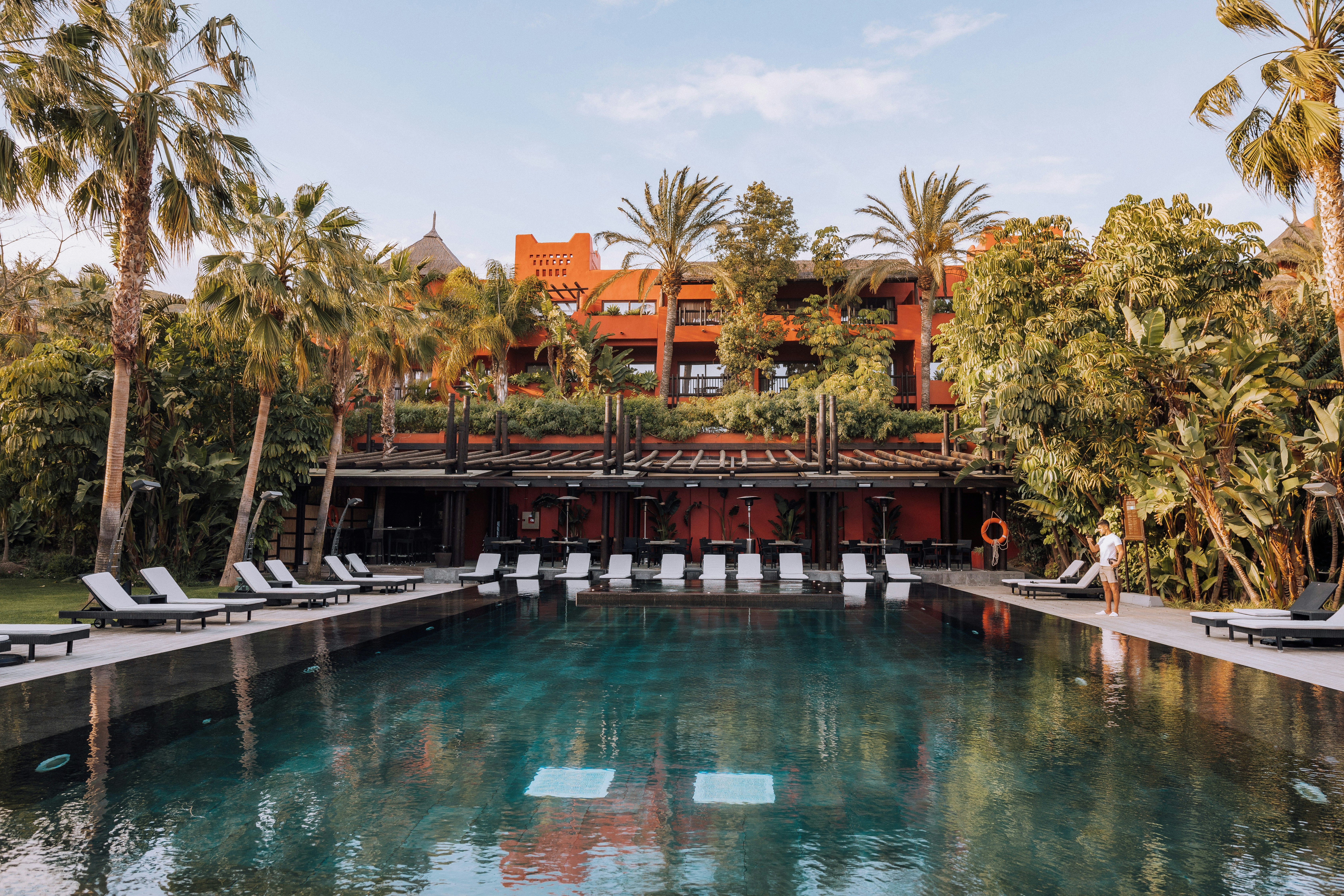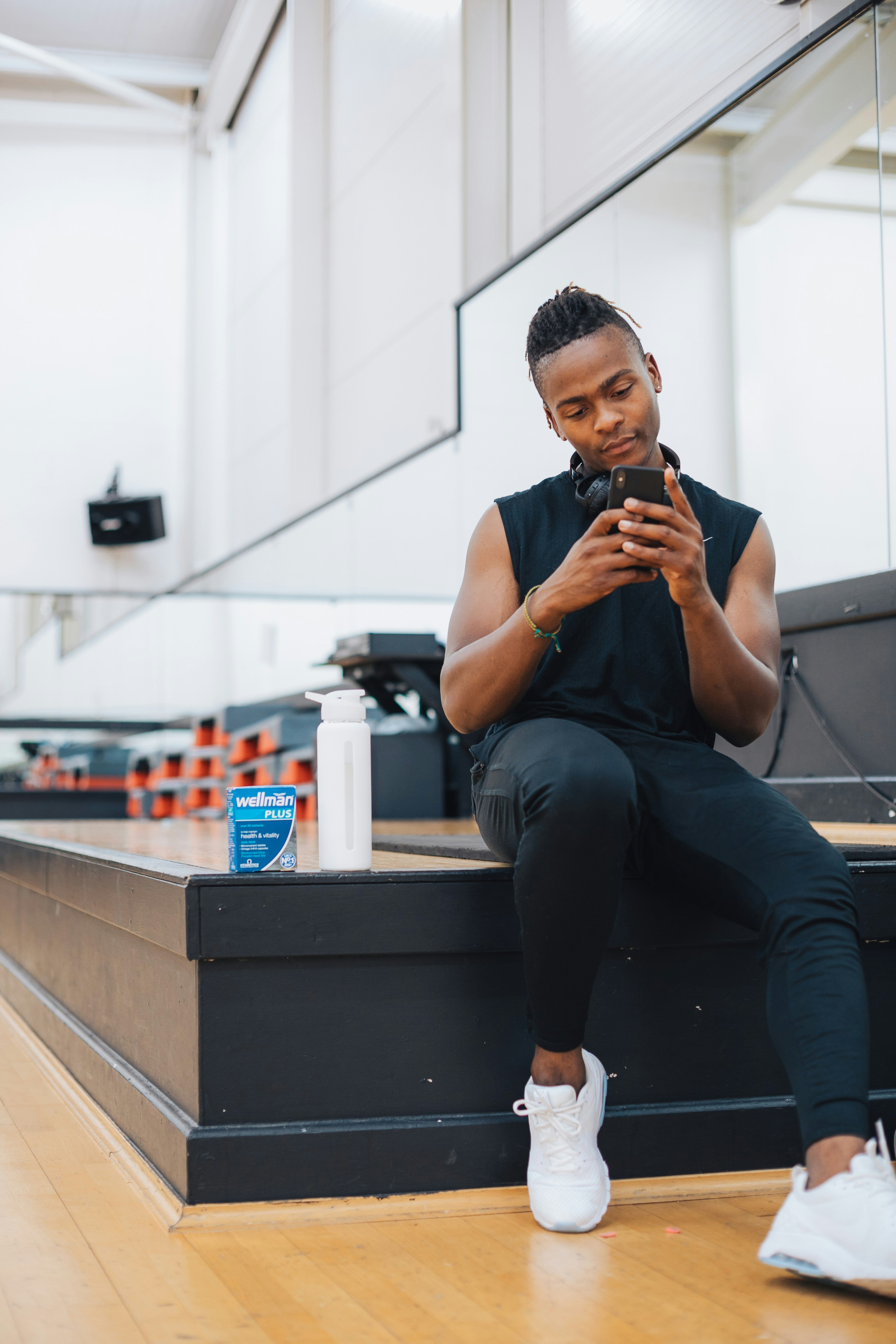Navigating the vibrant world of crafting has been one of my most exhilarating adventures yet, especially when it comes to teaming up with influencers who share the same fiery passion for creativity. In my journey, I’ve unearthed some invaluable insights and strategies on how to forge successful collaborations within this colorful community. It’s not just about blending different art forms; it’s about creating a symphony of creativity that resonates with a wider audience. My exploration has led me to compile an ultimate guide that is rich with tips and tricks on making these partnerships not only work but thrive. This guide is my treasure trove of learnings, poised to help you illuminate your path in the crafting universe through impactful influencer collaborations.

Understanding the influencer marketing landscape
Identifying the basis of influencer marketing
Influencer marketing, to me, is fascinating. It’s the bridge that connects brands directly to their target audience through voices they trust and admire. What’s central to influencer marketing is a mutual value exchange – influencers share their reach and credibility, and in return, brands offer them a platform to enhance their influence or financial incentives. This synergy creates an environment where authentic storytelling can flourish, aiming to inspire, educate, or entertain the audience, which ultimately drives engagement and loyalty.
Examining the growth and potential of influencer collaborations
The influencer marketing sphere has exploded over the past few years, and I’ve seen its potential firsthand. With the rise of social media platforms, influencers now have the power to reach thousands, if not millions, of followers. This reach, combined with the trust their audience places in them, makes influencer collaborations a potent tool for brands. The opportunity to tap into various markets, especially niches like the crafting community, means these collaborations can be highly targeted and incredibly effective.
Recognizing the role of influencers in community building
One aspect of influencer marketing that I particularly admire is how it aids in community building. Influencers act as community leaders, fostering a sense of belonging among their followers. For crafting enthusiasts like myself, an influencer’s tutorial or product review can be the spark that ignites a conversation, leading to the formation of tight-knit communities. Within these communities, ideas flourish, skills are honed, and a collective identity is formed, all guided by influencers who share their passion and knowledge.
Defining your craft community
Finding your market niche
As a crafting enthusiast, finding my market niche was an exciting journey. The crafting world is vast, encompassing everything from knitting to woodworking. I quickly realized that I had to pinpoint my specialty – a niche where I could offer the most value. This meant understanding the landscape, identifying gaps, and aligning it with my passion. By doing so, I positioned myself where my content could not only reach but also resonate with the right audience.
Understanding your audience
After finding my niche, getting to know my audience became paramount. Who were they? What did they look for in crafting content? I spent hours scrolling through comments, sending out surveys, and interacting directly with followers to understand their preferences, challenges, and aspirations. This deep dive into their world helped me tailor my content more effectively, ensuring it spoke directly to their needs and desires.
Identifying potential influencers within your community
Spotting potential influencers within the crafting community was an intriguing process. I looked for fellow crafters who not only produced exceptional work but also had an engaging online presence. These were individuals who not only showcased their crafts but also shared stories, techniques, and engaged actively with their followers. They were community builders at heart, making them ideal partners for future collaborations.

Choosing the right influencers
Delineating profile of ideal influencer
When it came to choosing the right influencer, I had a specific profile in mind. The ideal influencer for my craft brand would be someone deeply embedded within the crafting community, with a genuine passion for their craft. They needed to have a voice that resonated with my target audience, credibility in their craft, and a willingness to collaborate creatively.
Investigating influencers’ credibility
To ensure a potential influencer’s credibility, I looked beyond follower count. Engagement rates, the quality of their content, and their interaction with followers were key indicators of their influence. I also explored their history of collaborations – were they selective and purposeful, or did they promote any product for the right price? This investigation ensured that our values aligned, enhancing the authenticity of our collaboration.
Assessing influencers’ reach, relevance and impact
Reach, relevance, and impact became my guiding metrics when assessing potential influencers. Reach was not just about numbers but also the right audience demographics. Relevance meant their content naturally aligned with my brand’s ethos and product offerings. Impact involved looking at their ability to drive action – be it through engagement, community building, or sales. This holistic view helped me prioritize influencers who could truly resonate with my audience and drive meaningful results.
Crafting the perfect collaboration proposal
Establishing clear objectives
Before reaching out to any influencer, I made sure my objectives were crystal clear. Was I aiming to increase brand awareness, drive sales, or enter a new market segment? Establishing these goals upfront guided the structure of the collaboration and ensured both parties were on the same page regarding expectations.
Creating a compelling proposal
Creating a compelling proposal meant going beyond a standard pitch. I personalized each proposal, demonstrating my understanding of the influencer’s work and how our collaboration could benefit both parties. Highlighting mutual benefits, envisaging creative campaign ideas, and showing genuine admiration for their craft made the proposal more appealing and showed that I was invested in a meaningful partnership.
Sharing mutual benefits
It was crucial to outline mutual benefits clearly. For the influencer, this could mean accessing exclusive content, receiving products, or participating in a revenue-sharing model. For my brand, it meant leveraging their credibility and reach. By ensuring the collaboration felt rewarding and valuable for the influencer, I aimed to foster a sense of commitment and excitement towards the campaign.

Negotiating collaboration agreements
Discussing expectations and responsibilities
Open discussions about expectations and responsibilities formed the bedrock of successful negotiations. This involved being transparent about what I expected in terms of content, deadlines, and communication, and equally, understanding the influencer’s needs and constraints. It was a delicate balancing act, ensuring that both parties felt their input and concerns were valued and addressed.
Negotiating remuneration and incentives
Negotiating remuneration was often the trickiest part, but approaching it with flexibility made the process smoother. While some influencers had set rates, others were open to negotiation based on the campaign’s scope or long-term partnership potential. Incentive structures, like bonuses for surpassing engagement targets, also added motivation and a sense of partnership in the campaign’s success.
Setting terms and conditions
Drafting clear terms and conditions was essential for avoiding misunderstandings down the line. This included specifics on content ownership, usage rights, disclosure requirements, and cancellation policies. Both parties needed to agree on these terms, ensuring a solid foundation was in place before moving forward.
Planning collaborative content
Brainstorming content ideas
Brainstorming content ideas together was my favorite part of the process. It was a collaborative and creative exercise that allowed us to blend our visions. We considered various formats, from tutorials and how-tos to behind-the-scenes and product reviews, always aiming to create content that was engaging, informative, and truly resonated with the audience.
Designing the content calendar
Designing a content calendar helped to organize the campaign and ensure a consistent flow of content. This involved scheduling posts across platforms, aligning them with key dates or events in the crafting community, and allowing for flexibility to adapt to real-time feedback. A well-planned content calendar was crucial for maintaining a cohesive campaign narrative.
Implementing content diversification
To keep the audience engaged, implementing content diversification was key. We mixed up formats and themes, ensuring there was something for every segment of our audience. From in-depth tutorials for the more experienced crafters to quick DIY projects for beginners, diversifying the content helped us cater to a broad audience spectrum, enhancing the campaign’s overall impact.

Executing your collaboration
Coordinating with influencers for campaign launch
Coordination was critical for a smooth campaign launch. This meant final checks on content, confirming post timings, and ensuring all promotional materials were ready. Clear communication channels were established, allowing us to swiftly address any last-minute changes or issues. This coordination ensured everything ran smoothly on launch day, setting a positive tone for the campaign.
Monitoring and managing the collaboration
Once the campaign was live, monitoring and managing the collaboration became my focus. Keeping an eye on engagement metrics, audience feedback, and potential technical hitches allowed me to gauge the campaign’s performance in real-time. Being proactive in addressing any issues and openly communicating with the influencer ensured the campaign remained on track.
Resolving any obstacles or issues
No campaign is without its obstacles, but how we address them can make all the difference. Whether it was content that didn’t perform as expected or unforeseen external factors, maintaining a problem-solving attitude was key. Working closely with the influencer to tweak strategies or content ensured that we could overcome challenges and learn from them.
Measuring the success of the collaboration
Defining key performance indicators
Before launching the campaign, I defined key performance indicators (KPIs) aligned with our objectives. These could range from engagement rates and follower growth to website traffic and sales figures. Having clear KPIs in place allowed us to measure the success of the collaboration objectively, providing insights into what worked and what didn’t.
Tracking performance and analyzing feedback
Tracking performance and analyzing feedback was an ongoing process throughout the campaign. This involved not just looking at the numbers but also diving deep into audience comments and reactions. Understanding the audience’s sentiment provided valuable feedback, allowing us to adjust our strategy or content in real-time if necessary.
Evaluating the impact on community growth and engagement
Ultimately, evaluating the collaboration’s impact on community growth and engagement was crucial. Did we manage to bring the community together? Was there an increase in audience interaction and participation? Answering these questions helped us gauge the collaboration’s long-term value, providing insights that could guide future initiatives.
Learning from each collaboration
Gathering insights and feedback
Every collaboration was a learning opportunity. I made it a point to gather insights and feedback from all stakeholders – the influencer, the audience, and my team. This encompassing view helped identify best practices and areas for improvement, shaping our approach to future collaborations.
Adopting a continuous learning approach
Adopting a continuous learning approach has been pivotal in navigating the evolving influencer marketing landscape. By staying open to new ideas, trends, and feedback, I’ve been able to refine my strategy continuously, ensuring that my collaborations remain relevant and impactful.
Improving future collaborations
Each collaboration brought with it lessons that helped improve future initiatives. Whether it was fine-tuning the selection process, crafting more engaging content, or enhancing negotiation strategies, each experience was a step towards more effective and meaningful collaborations.
Envisioning long-term partnerships
Maintaining relationships with successful influencers
Maintaining relationships with successful influencers was not just beneficial but essential. These relationships, built on mutual respect and shared successes, often laid the groundwork for long-term partnerships. Regular check-ins, offering support for their initiatives, and being receptive to their ideas helped keep these relationships strong and productive.
Building recurring collaborations
Building on successful collaborations, I always looked for opportunities for recurring partnerships. These ongoing collaborations not only strengthened the relationship but also provided a sense of continuity for the audience. Recurring collaborations allowed for deeper storytelling, more comprehensive campaigns, and a stronger community connection.
Expanding the influencers network within your community
As I nurtured existing relationships, I also sought to expand the network of influencers within the crafting community. By leveraging the success of past collaborations, I could attract new influencers, bringing fresh perspectives and expanding our audience reach. This ongoing expansion of the influencer network was instrumental in growing the community and keeping the brand dynamic and engaging.
This comprehensive journey through influencer collaborations in the crafting community reflects my experiences and learning curve. Each step, from identifying the right influencers to measuring success and planning for future collaborations, has been pivotal in harnessing the power of influencer marketing. The crafting world, with its passionate community and creative possibilities, presents a unique landscape for meaningful influencer collaborations. By continuously learning, adapting, and fostering genuine connections, the potential for growth and engagement within this vibrant community is boundless.



